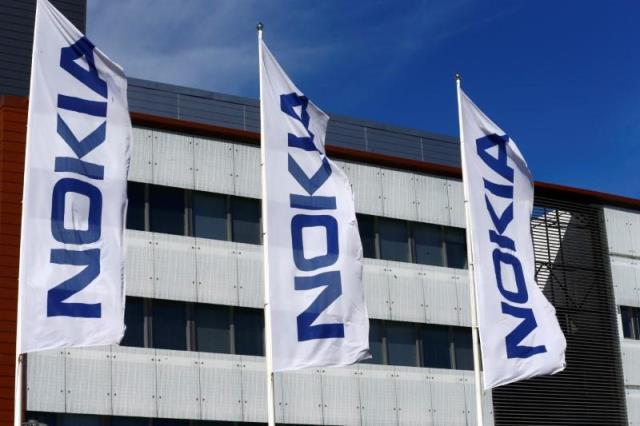NewCore Wireless is working with Nokia to enable private wireless connectivity in rural areas — using the Tribal Educational Broadband Service (EBS) spectrum.

The first round of deployments cover over 12,000 square miles and will provide broadband connectivity to more than 15,000 tribal members.
The program leverages up to 117 MHz of the Tribal EBS band, made available by the Federal Communications Commission (FCC), to serve tribal lands with a license for broadband and wireless networking buildouts.
The 400 Native American tribes awarded this spectrum in 2020 cover tens of thousands of square miles – often in remote or rural areas – and include millions of members.
Nokia’s wireless technologies for rural broadband connectivity, such as 4.9G/LTE and 5G, allow for rapid and cost-effective wireless connectivity across large areas and provide the scope for multiple home and business connections from a single base station.
Private wireless, which is based on 4.9G/LTE technology, can offer high-speed internet to the home or business up to 1 Gbps, mobile phone options where cellular coverage is not available, or educational enhancements such as distance learning.
The initial buildouts with NewCore and Nokia will focus on North and South Dakota, Oklahoma and California. The Native American communities involved include the Standing Rock Sioux Tribe and the Cheyenne and Arapaho Tribes, Albert Kangas, COO and General Manager, NewCore Wireless, said.
This partnership leverages the Nokia Digital Automation Cloud (DAC) alongside NewCore’s integration and operational capabilities to bring an integrated network of 4.9G/LTE and 5G radio and core elements, capable of serving every state in the U.S.
“By enabling access to 4G and 5G through Nokia’s technology and partnership with NewCore, each tribe can improve their quality of life with new economic opportunities, and educational and health care access,” Raghav Sahgal, President of Cloud and Network Services at Nokia, said.
The 2.5 Ghz band of spectrum offered by the Tribal EBS program can be found in the majority of mobile phones, telephone switching equipment and add-on device in the market. Because current networks are already designed for this spectrum, it allows new carriers to deploy services immediately – using already available hardware.
